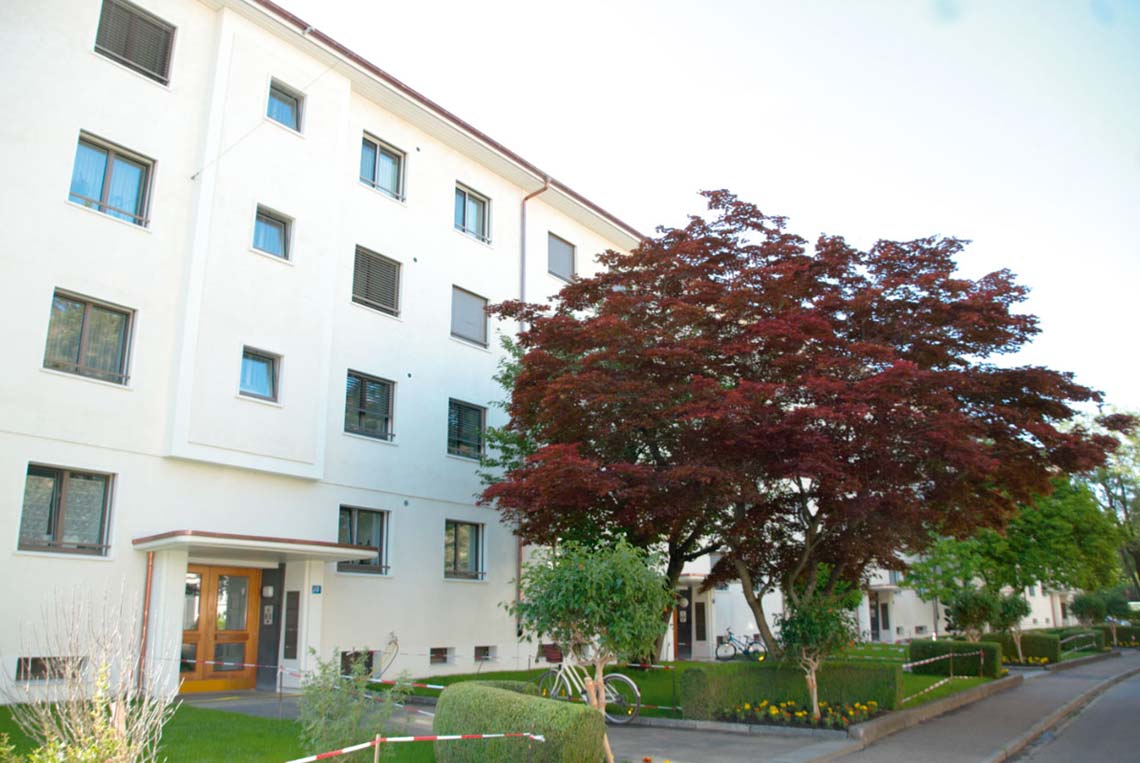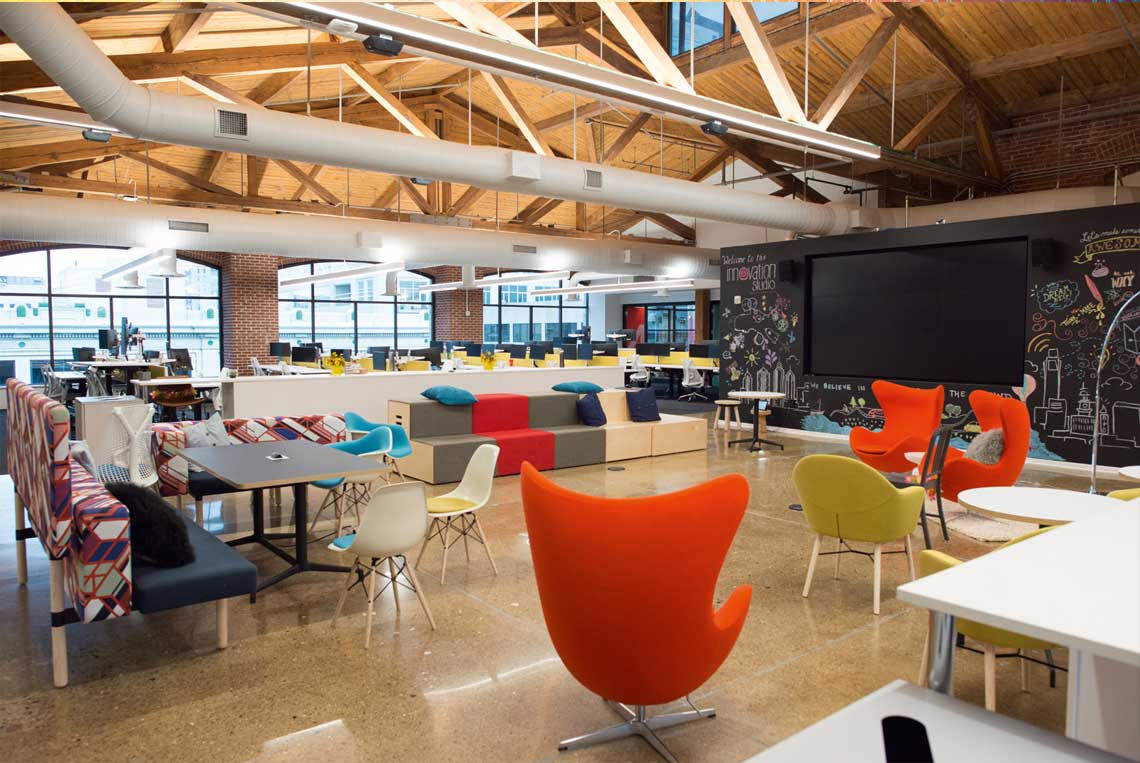LAE: Worth the investment – or not worth the hype?
Issue 02-2022:
read all articles online
read as pdf
Energy prices have always been high in Germany, but the effects of the war in Ukraine are now causing prices to sky-rocket, putting businesses under even greater pressure. Cutting-edge building automation solutions, cloud-based applications, and smart spaces claim to deliver enormous energy and cost savings. But can they live up to their promise? Can companies really recoup the initial investment and ongoing operating costs associated with this complex technology? And which efficiency technologies are best suited to which types of business?
Energy prices have been high for some time now. A multitude of factors have driven this upward trajectory, and the situation isn’t likely to change anytime soon. Boosting energy efficiency is a huge challenge, particularly for industrial companies that consume vast amounts of energy. Rising energy costs, new regulations and political requirements, competitive pressure, and higher CSR standards are just some of the key factors that are turning up the heat on industry.
Why has investment been cautious to date?
As well as being unaware of the potential savings, companies often lack the financial resources required to invest. The cash that is available is poured into the core business rather than into new technologies that save energy and, in turn, free up the capital that was previously allocated to power. Without independent professional advice, it’s impossible to determine which solution is right for a company from among the vast array of measures and technologies available. To a large extent, the best option depends on the company and its structures. A service company will have a whole different set of needs and energy costs than a manufacturing company, and its potential savings will also be completely different. The savings potential in manufacturing settings is much higher. Companies often underestimate how much they could save. In the industrial sector in particular, there is still plenty of scope for savings.
Up to now, companies have allowed themselves to be guided primarily by legislation and legal requirements. The German Buildings Energy Act (GEG) and DIN EN 15232-1:2017-12, for example, set out specific requirements for technology functionality and controls. The standard provides a structured list of functions for building automation and technical management. However, it describes only a minimum standard – the realms of technological possibility extend much further. GEG, on the other hand, actually relaxed the criteria for building shells. Companies that merely set their sights on meeting the minimum standards are turning their backs on a great deal of potential. That’s why it’s important not only to comply with regulations, but also to take responsibility for future generations.
Digitization and AI have a part to play in the energy transition
If companies want to exploit the full energy-saving potential of technology, digitization must be a key part of their strategy. Digitization enables a wide range of components – such as self-powered wireless sensors – to communicate with one another across buildings or industrial plants, reporting and sharing commands, errors, and status information. If this data is available online, companies can gain an almost complete picture of their energy consumption and transmit and analyze this data in real time. Intelligent systems highlight where there is potential for improvement and offer feedback on user behaviors. An efficient energy management system provides a detailed overview of consumption data and operating statuses. Progressive digitization and the Internet of Things (IoT) reduce workloads and costs while also offering enormous added value in the form of data transparency. Adding artificial intelligence (AI) into the mix opens up an almost limitless range of possibilities.
In the future, AI components will be used at all levels of the value chain. As a vital tool for forecasting and optimizing operations and stock in particular, AI will make an enormous contribution to the energy transition. AI can be used to generate forecasts that predict the production of, and demand for, fluctuating renewable energies earlier and with greater precision. In terms of operational optimization, there is huge potential for deploying AI to plan the use of generating plants. In optimized network operation as well, the technology opens up a number of new opportunities that will continue to increase as sensor data becomes more prevalent in the future.
So in case you haven’t already realized it: Investments in energy efficiency pay off, whether it’s through their long service life, cutting-edge systems, a cash-neutral balance, or significantly reduced CO2 emissions. The goal for companies should be to sustainably optimize energy consumption over the long term. This requires a holistic approach that takes the specific situation of the company and its production processes into account.
LAE specializes in building planning, electrical planning, and industrial automation. In many of its projects, LAE uses battery-free, wireless technology from EnOcean.
New articles in Smart Building
Top articles





